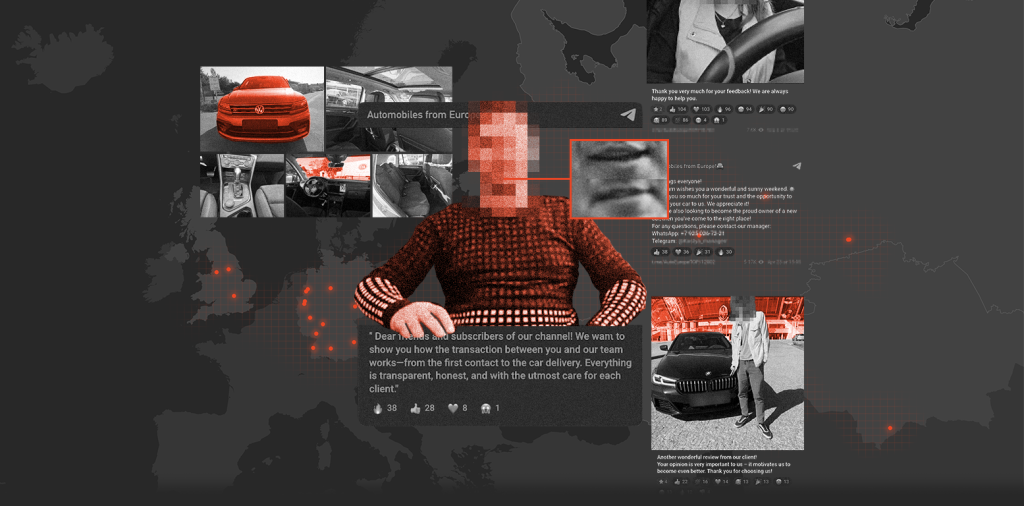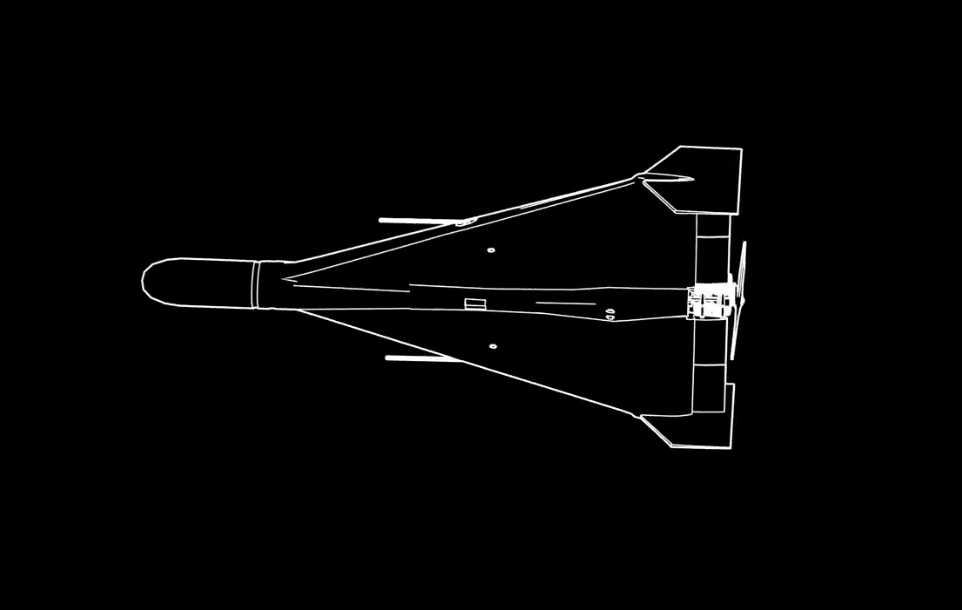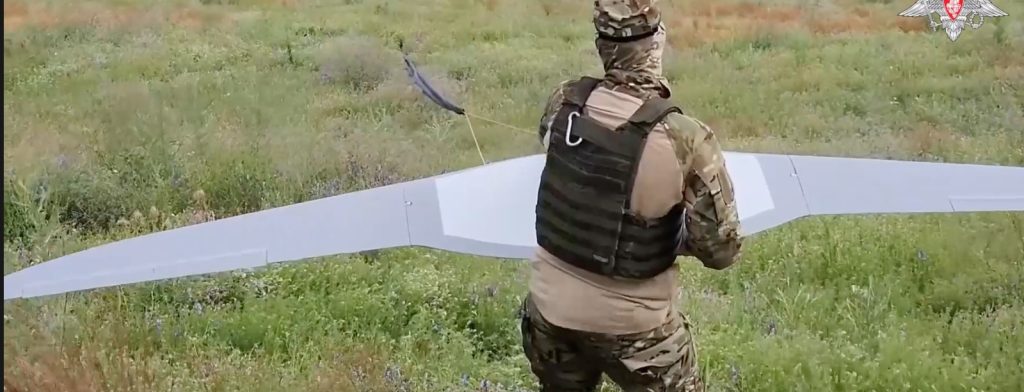Ukraine has faced military insecurity since Russia’s annexation of Crimea and other territories in 2014, with a full scale invasion in 2022 leaving thousands dead and missing in what has become an entrenched and protracted conflict.
Airwars documented all allegations of civilian harm incidents in Ukraine in the 2022 Battle of Kharkiv, and produced major investigations on the conflict.
Conflicts monitored involving Ukraine





